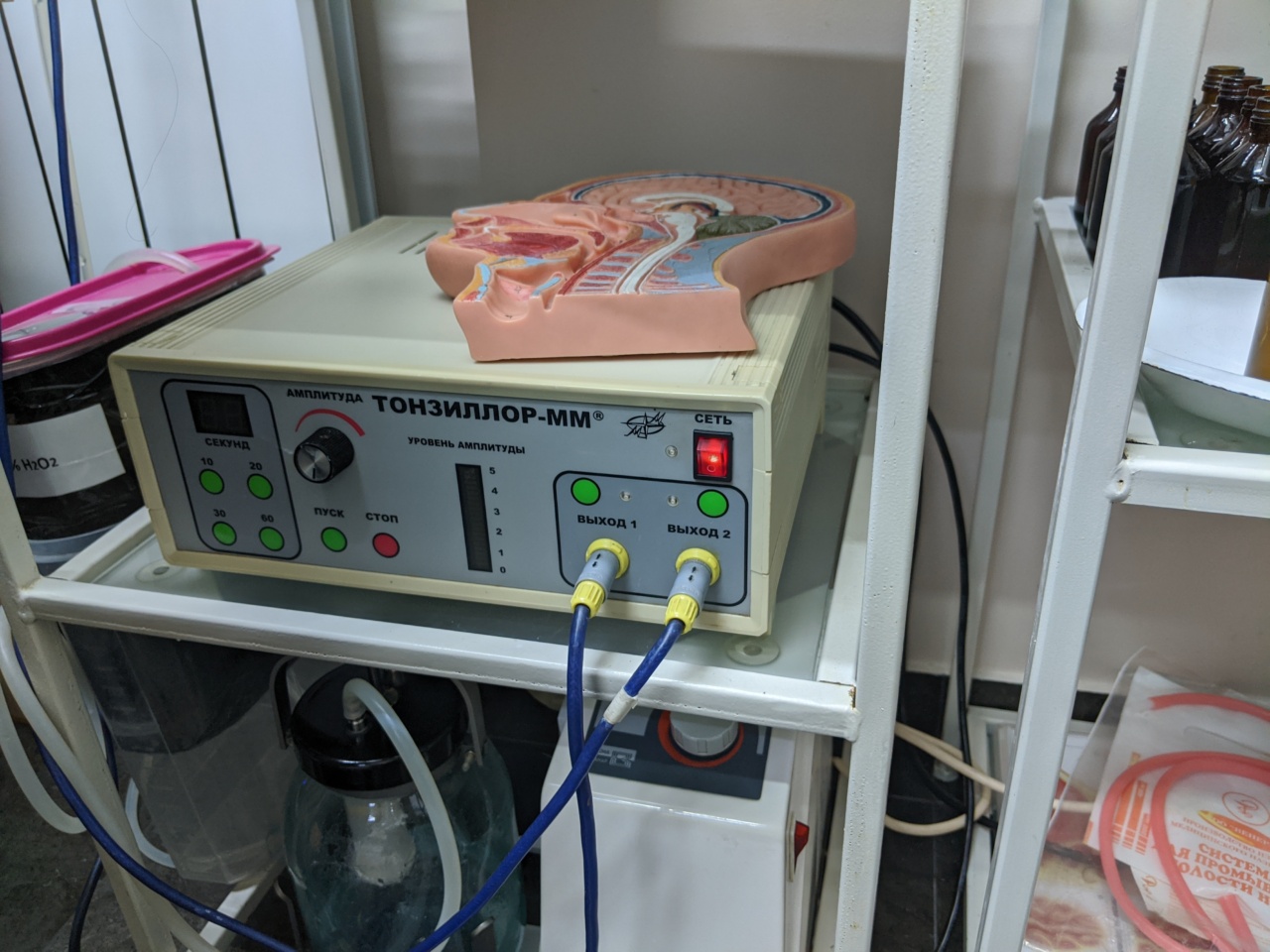Parkinson’s disease is a neurodegenerative disorder that affects millions of people worldwide. It is characterized by the loss of dopaminergic neurons in a region of the brain known as the substantia nigra.
While the exact cause of Parkinson’s disease is still unknown, researchers have made significant progress in identifying potential markers that could aid in the early detection and treatment of the disease.
Alpha-Synuclein and Parkinson’s Disease
One such marker that has garnered significant attention is a protein called alpha-synuclein. Alpha-synuclein is abundantly present in the brain, where it plays a role in maintaining synaptic vesicles and regulating neurotransmitter release.
However, in Parkinson’s disease, alpha-synuclein accumulates in an abnormal form, clumping together to form insoluble aggregates called Lewy bodies.
Lewy bodies are a hallmark feature of Parkinson’s disease and are found in various regions of the brain, including the substantia nigra.
It is believed that these aggregates contribute to the progressive degeneration of dopaminergic neurons, leading to the characteristic motor symptoms of Parkinson’s disease, such as tremors, rigidity, and bradykinesia.
Identification of Alpha-Synuclein as an Early Indicator
Recent research has focused on determining whether alpha-synuclein can serve as an early indicator of Parkinson’s disease.
Studies have shown that the accumulation of alpha-synuclein in the brain can occur years or even decades before the onset of clinical symptoms.
One study conducted by researchers at the University of Pennsylvania School of Medicine examined the brains of individuals who had participated in a long-term study on aging and Alzheimer’s disease.
The researchers analyzed tissue samples obtained from participants who had donated their brains after death, comparing the levels of alpha-synuclein in individuals who had been clinically diagnosed with Parkinson’s disease and those who had not shown any symptoms.
The study found that individuals who had later developed Parkinson’s disease had significantly higher levels of alpha-synuclein in multiple brain regions compared to those who remained asymptomatic.
This suggests that the accumulation of alpha-synuclein may precede the onset of clinical symptoms and could potentially serve as a biomarker for early detection.
Potential Implications for Early Intervention and Treatment
The identification of alpha-synuclein as an early indicator of Parkinson’s disease has significant implications for early intervention and treatment strategies.
Currently, Parkinson’s disease is primarily diagnosed based on the presence of motor symptoms, which typically manifest at a relatively advanced stage of the disease. By the time these symptoms become apparent, a significant amount of neuronal damage has already occurred.
However, if alpha-synuclein levels can serve as an early biomarker, it may be possible to detect the presence of Parkinson’s disease before substantial neurodegeneration has taken place.
This could allow for earlier interventions, such as neuroprotective therapies, that may slow down or halt the progression of the disease.
Additionally, the identification of alpha-synuclein as a marker for early detection opens up opportunities for developing novel diagnostic tests.
Currently, the diagnosis of Parkinson’s disease relies on a combination of clinical evaluation and medical imaging techniques. However, these methods are not able to definitively diagnose the disease or predict its future progression.
A specific test to measure alpha-synuclein levels could provide a more accurate and reliable means of diagnosing and monitoring Parkinson’s disease.
Challenges and Future Directions
While the identification of alpha-synuclein as an early indicator of Parkinson’s disease is an exciting development, there are still many challenges to overcome.
One of the major challenges is finding a non-invasive method to measure alpha-synuclein levels in living individuals.
Currently, the most reliable method for detecting alpha-synuclein accumulation in the brain is through post-mortem tissue analysis. However, this is not feasible for routine screening or for monitoring disease progression.
Researchers are actively exploring various imaging techniques, such as positron emission tomography (PET) scans and cerebrospinal fluid analysis, that could potentially measure alpha-synuclein levels non-invasively.
Another challenge is developing interventions that can target and modulate alpha-synuclein pathology.
While several treatment approaches aimed at reducing alpha-synuclein aggregation are being investigated, none have yet proven to be fully effective in clinical trials. Further research is needed to understand the underlying mechanisms of alpha-synuclein aggregation and identify potential therapeutic targets.
Conclusion
The identification of alpha-synuclein as an early indicator of Parkinson’s disease offers hope for improved diagnostic accuracy and earlier intervention.
By detecting the presence of alpha-synuclein accumulation before the onset of clinical symptoms, it may be possible to develop personalized treatment strategies that can slow down or halt disease progression.
However, further research is needed to develop reliable and non-invasive methods for measuring alpha-synuclein levels in living individuals and to identify effective therapeutic interventions.
Nevertheless, the discovery of alpha-synuclein’s role in Parkinson’s disease represents a significant step forward in the fight against this debilitating disorder.



























